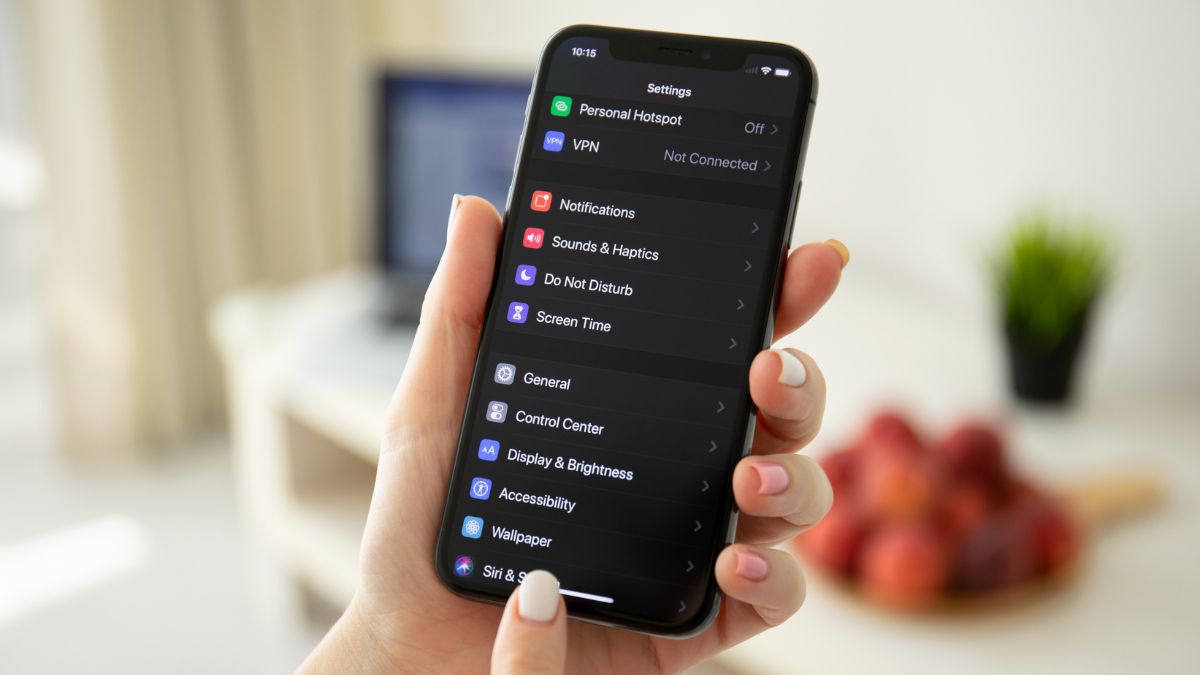Tech tip: How to batch rename an entire folder of files

Let’s say you have a folder full of files with nonsensical names. You can manually change them one at a time, which can take an hour, depending on the folder size. Or you can batch rename them in a few easy steps.
This can be a game-changer if you have hundreds of files with confusing names. Maybe you transferred photos from your smartphone to your computer, so now they have names like IMG28091. Tap or click here for an easier way to transfer photos from your phone to PC.
A hard-to-remember file naming system can make pictures challenging to look up later. Boost your organization game by batch-renaming files on your Windows computer. We’ve got all the details.
How to batch rename many files at once
You can use this tip even if you have a hundred poorly named files. You just need to use your built-in File Explorer feature. With this tool, you can rename multiple files.
Of course, files can’t all have the same name. So this trick will keep the files in order by using a sequential number for each. It’s so easy to do. First, open the folder and select all the files you want to rename. There are two ways to select multiple files at once:
- Left-click your mouse button and drag it over all the file icons.
- Press Ctrl + A.
After selecting all the files you want to rename, press the F2 key on your keyboard. This highlights the first file name. Next, type the new name you want all the files to have. (For example, if all of these pictures are of last year’s Christmas party, you might type Christmas 2021.)
Lastly, press Enter. Just like that, all of the selected files will have the same name. The only difference is that they each have a sequential number in parenthesis. After all, each file name must be unique.
This will save you a ton of time later. If you want to revisit those images, you can search your computer for the new title. A word is much easier to remember than a random sequence of numbers.
Tap or click here for six more ways to better control your Microsoft Windows files and folders.
You can thank Dell for this tech tip
iPhone lagging? Clear your cache and RAM to speed it up

Have you ever had issues with your smartphone to the point where you considered buying a new one? You’re browsing through websites or using your everyday apps and you notice a lag, for example. This kind of slowdown can creep into your phone’s other functions as well, bringing everything to a crawl.
How to find and delete large files on your devices

Many things can make your devices, whether they be phones, tablets, or computers, start to run slower. One of these things is having lots of large files.
It takes memory to store big files, and power. You can do a few things to improve the battery power of an electronic device — tap or click here to extend your battery life.
Try this free, simple method for sharing large files

Picture this: You need to quickly move a large presentation from your home computer to your work computer, but you can’t find a USB drive anywhere. The file is too large to email to yourself, so you’re stuck trying to come up with another solution while your boss and coworkers are left hanging.
